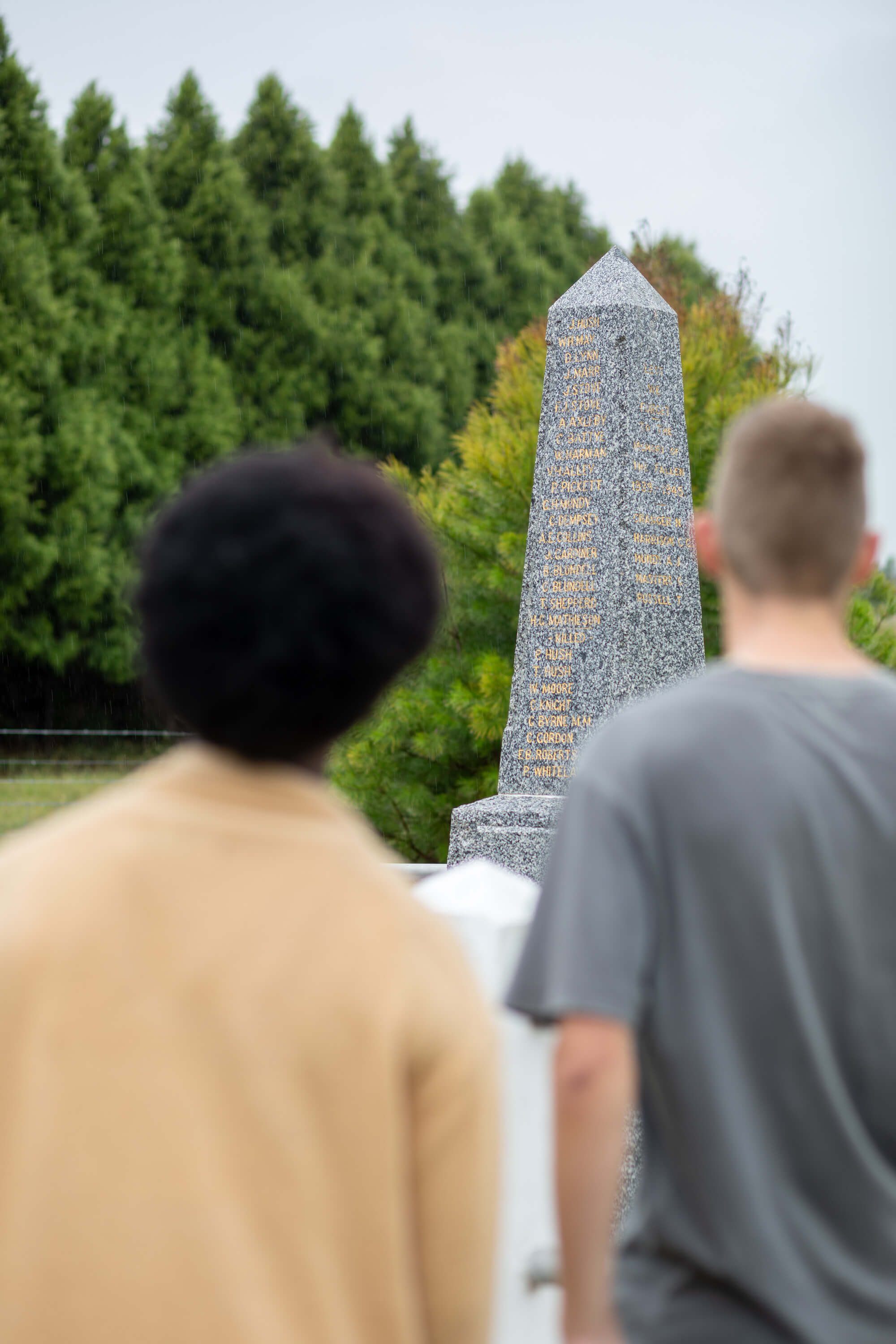About Araluen
Nestled in the heart of the Great Dividing Range, in the Southern Tablelands of New South Wales, lies the beautiful valley of Araluen.
Also known as the Valley of Peace or Happy Valley, the village is now noted for its picturesque scenery and calm, country atmosphere. In its heyday, the valley used to be one of the most famous gold mining towns in New South Wales.
On the drive down the tumbling road towards Araluen, you’ll be struck by the stunning scenery of green pastures, framed by the surrounding Great Dividing Range. The sheer beauty of the valley alone is reason enough to add this hidden gem on to any explorer’s to-do list while exploring the nearby Deua National Park or visiting Braidwood. Pop into the local pub for a meal, have fun with the kids at the recreational grounds, buy some fresh peaches and explore the town’s history trail to discover the area’s former villages.
Heritage
Araluen is a beautiful sunken valley that was created as the Moruya River and its tributaries sculpted the land and formed the stunning mountains that surround the valley and create the challenging entry into the valley.
The Arralyin people, the valley’s original custodians, were part of the Yuin Nation. They spoke Dhurga, a language spanning from south of Nowra to Narooma, encompassing Braidwood and Araluen, which continues to be spoken today.
European settlers arrived in the 1820s, and a gold rush followed in 1851 transforming the valley into a bustling hub with over 4,000 inhabitants by the 1860s and ’70s. Mining reshaped the landscape drastically, depleting alluvial gold and eventually fading out by the 1930s.
In the twentieth century, agriculture, especially peach orcharding, took over as the primary industry. Despite the rich history, remnants like historic structures, ruins, and archaeological sites are barely visible in Araluen today.
Explore more of Araluen’s past on the Araluen Valley History website.


